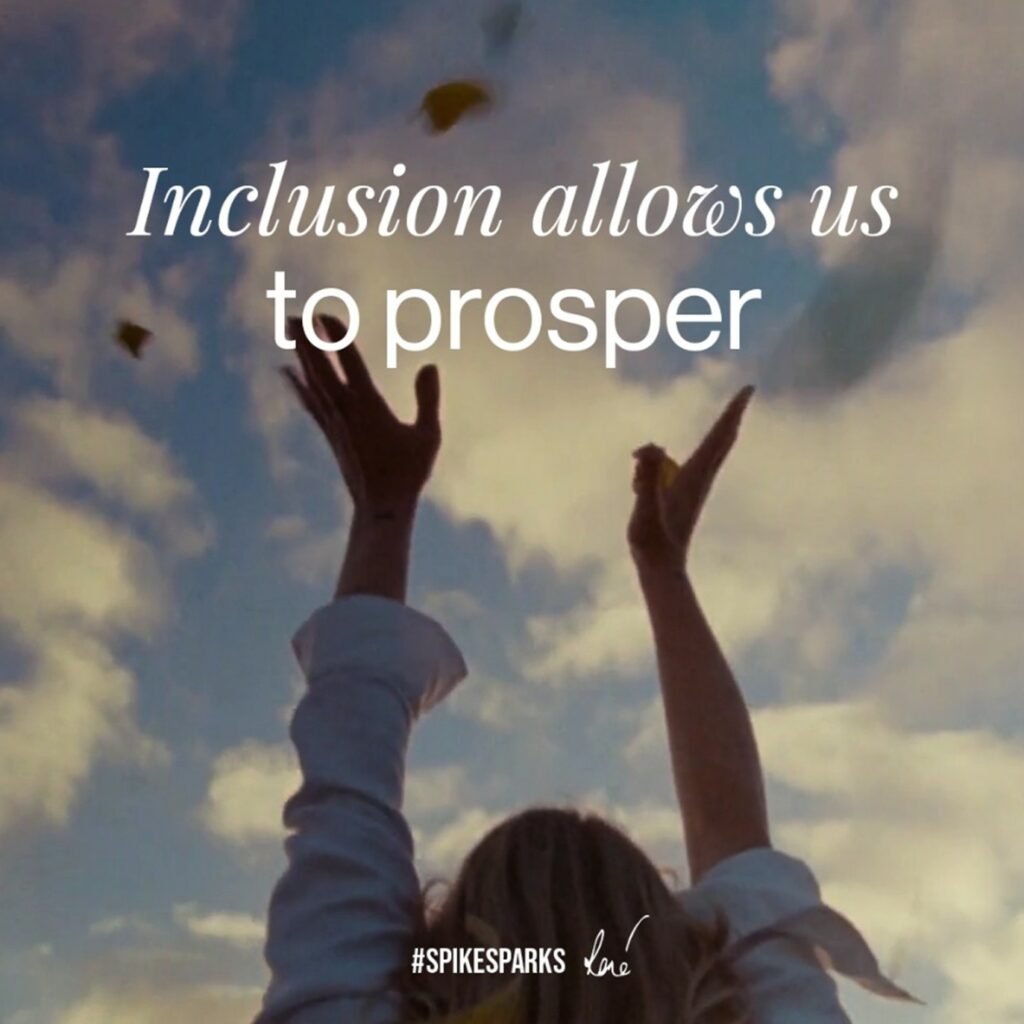Why Inclusion Requires More Than Just Good Intentions?
Key Highlights & Thoughts of the Week
✅ Inclusion efforts can face resistance even from underrepresented groups.
✅ Listening is the first step toward true inclusion.
✅ Creating real change means being comfortable with discomfort.
✅ Inclusion is a two-way street: trust must be built from both directions.
Takeaways
🚀 Want to learn more?
Join our Spike Sparks Community and stay updated!
A Personal Reflection from the Front-lines of Inclusion
It’s always a pleasure to be called in as a business’ inclusion advisor, I’ve done it for over 20 years and each business amazes me with their approach to inclusion, and their leadership in general. I particularly remember being booked as an inclusion speaker for a group of public sector HR leaders not long after the pandemic.
They had recently launched several new inclusion initiatives, and I was a key participant, tasked with creating enthusiasm and buy-in for these initiatives. My role was to deliver inclusion workshops and be the inclusion advisor for the leaders in front of me – I had to ignite a new flame and hunger for inclusion.
When booked as an inclusion and diversity speaker, I have found there’s always a mix of reactions towards inclusion, and inclusion speakers as a whole. It’s not rare, but did occur – speaking to the organisers and audience members, I realised that there was significant resistance and cynicism coming from their colleagues from under-represented backgrounds.
They were hesitant to embrace the new proposals and seemed to doubt the plans’ integrity. The organisers needed me to open up the dialogue to understand why they were getting this pushback. In truth, this was something they should have considered and perhaps expected from the outset.
If you want to help someone who feels overlooked, you offer them a ladder, not simply words.
This is a trend we are increasingly seeing across the work we do.
Far too many well-intentioned organisations, after the euphoria of seeing their early diversity initiatives spark improvements in numbers and data, jump into inclusion too eagerly without fully understanding their responsibility for the environment.
It then comes down to inclusion speakers or an inclusion advisor to guide them in the right direction and teach them why inclusion is failing and how to deal with it.
Usually, they are not prepared to face resistance from underrepresented or marginalised groups who may not appreciate the initiatives straight away.
All too often this makes people feel like there is an issue with the initiatives, or they have their inclusion approach all wrong.
In our experience this isn’t the cause.
How Can Leaders Initiate Inclusion?
It won’t surprise you when I say that when I’m booked as an inclusion speaker, I usually always tend to run a short inclusion workshop.
Nothing pulls people together like first-hand experience.
Hearing the stories from inclusion speakers is one thing, but hearing, seeing and feeling the stories of those around you every day brings you a whole new understanding of inclusion.
To understand it, you have to put yourself in the shoes of those who have spent the majority of their career isolated and excluded.
Exclusion really is harmful. It can cause real trauma and some painful memories. In the most extreme cases, it can impact our health.
If you had spent your career in such an environment, wouldn’t you be cynical when, after years of inactivity, people suddenly push a new inclusion initiative designed to address everything?
We have witnessed several companies come close to abandoning inclusion altogether because the individuals they aim to support question their motives.
Sometimes people lose sight of the fact that inclusion is a two-way street.
In the audience at the talk, I saw the cynics afraid to open up around inclusion, scared that in exposing themselves they might invite further damage.
How Do We Make Change Happen with Inclusion?
I saw many who wanted to challenge the resistors but were also afraid, worried that they might cause offense. And, in the end, nothing changes.
To create real change, you need to get comfortable with being uncomfortable.
For inclusion initiatives to succeed, both sides must come together to reach the goal.
There needs to be just as much focus on coaching those who have been excluded as there is on those who are trying to introduce a new inclusive culture.
We need to be prepared for the resistance and the challenge and prepared to take the knocks.
Maybe we did get it a bit wrong, maybe we didn’t listen when we should have. But if we abandon the important work when the going gets tough, we will never reach our goal.
It’s no good trying to do inclusion by theory.
You have to be prepared to go and walk in the shoes of others. And for those who feel the reluctance, you have to be open to showing them what it feels like and acknowledge their hurt.
Final Thought: Inclusion is Built on Empathy
Sharing when you are afraid is the biggest show of strength.
Inclusion isn’t about never failing – it’s about continuing to show up and listen, especially when it’s uncomfortable.
Top Tips for Becoming an A-Player
🔥 Speak to and listen to those less fortunate than yourself – this is true leadership.
🔥 Our proudest moments come from helping others.
🔥 Become part of the change or be left behind.
🔥 Never stop trying and believing.
🔥 Don’t fear the future.
Further Reading & Learning
📖 Want to become a better diversity and inclusion speaker or create inclusive spaces in your organization?
Check out this resource:
Learn More About Being a Diversity and Inclusion Speaker
Engage With Us!
💬 Did you enjoy this article? Share your thoughts in the comments!
📲 Follow us on social media for more insights on leadership & inclusion.

